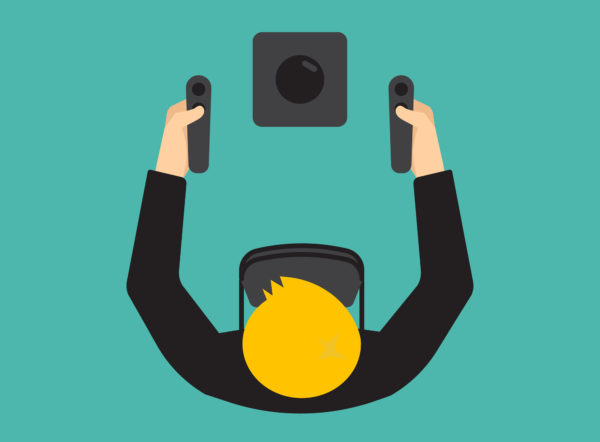English Language Learners gain deep understanding of science concepts with zSpace
zSpace [1] announced that at Culverdale Elementary, a virtual reality technology is helping students break down language and learning barriers. In their first few months of learning with zSpace STEM Labs, a screen-based virtual reality solution, students are gaining a deeper understanding of science concepts.
The principal at the school reported that this was no small feat. Culverdale is a member of the Irvine Unified School District in Orange County, Calif. and is one of the top school districts in the country. According to the Orange County Register, Culverdale Elementary is the most diverse school in Orange County. Approximately 37 percent of students at Culverdale receive economic assistance, and 62 percent of students speak one of 39 different languages.
“Humans naturally learn best by doing, and I’ve seen the way using zSpace engages my students in learning,” said Culverdale principal Aaron Jetzer. “When students are building objects, looking inside things like microorganisms or anatomy systems and taking them apart in 3D, they’re having these ‘ah-hah!’ moments that they wouldn’t be able to otherwise.”
Students in grades four, five and six work with a science specialist for two hours a week in the school’s science lab, which includes a set of zSpace virtual reality stations plus a teacher station. While half of the class works on one activity, the other half explores the same subject with zSpace.
During lessons, two to three students share a zSpace station. While one student lifts, turns or takes apart holographic objects using an interactive stylus, other students make observations and record data. Students wear custom 3D glasses so they can all see the virtual reality images and collaborate on the assignment.
For students of varying abilities, backgrounds
Jetzer described how zSpace is opening up the world for one student with special needs.
“After he worked with the science teacher to see a paramecium (a one-celled organism) under the microscope, his group went to the zSpace stations to virtually dissect a paramecium,” said Jetzer. “He looked at me and said, ‘So what you’re saying is that this thing I can’t see with my naked eye has all these parts in it?’ and he made a motion like his head was exploding. It was one of those moments that you’ll always remember.”
For students who speak English as a second language, zSpace provides an opportunity to engage in science more deeply than ever before. Because working with zSpace is hands-on and intuitive, language is often not necessary, and students are able to learn on their own. Life sciences educational software using modeling, simulation, and visualization technologies powered by zSpace partner, Cyber Science 3D, includes labels in 10 languages for more than 30 biology modules allowing students to progress even further.
Higher scores, more research needed
Although the school has not compared test scores of students working with zSpace and with those not, Jetzer and science specialist Stacie Grooters reported that initial science test scores reflect the benefits of the technology, with 110 out of 120 students scoring 100 percent on the most recent science test, demonstrating a mastery of the content that she has not seen in the past. The school is considering performing some baseline testing to examine the effects of zSpace on learning.
In the meantime, Jetzer and Grooters know that zSpace is now an essential tool in the science lab.
We’ve had an amazing hands-on science lab for years” said Jetzer. “zSpace is an enhancement that quickly became many of the kids’ favorite part of science. The experience the kids get is phenomenal, but they’re also learning. You can’t put a price on that.”
